“I Watched You Tonight…”
If there’s one thing I know about horror film fanatics, it’s how we like to celebrate our holidays… with horror films. What’s a Friday the 13th without watching Jason eviscerate some horny camp counselors? Why let Halloween slip by without an annual screening of John Carpenter’s groundbreaking classic? And, whatever your relationship status, Valentine’s Day is always a good time to revisit the mine-set mayhem of My Bloody Valentine (1981, George Mihalka).
The holiday season is no exception, either. For those who celebrate Christmas, options are plentiful for a yuletide horror fix: from Bob Clark’s pioneering slasher opus Black Christmas (1974) to Charles Sellier’s delightfully sleazy Silent Night, Deadly Night (1984) to Joe Dante’s festive, family-friendly creature-feature, Gremlins (1984). However, if there’s one holiday that gets the short shrift as far as good horror is concerned, it’s New Year’s. And alas, what a disappointment! Because what better way to ring in the New Year than with a good old, reliable scare picture. Especially this New Year. If anything, horror films in 2020 serve to remind us that, whilst we find ourselves immersed in a nationwide pandemic, experiencing one of the worst economic disasters since the Great Depression, and having endured one of the most contentious election cycles in the history of our country, chances are, we weren’t chased around by an axe-wielding psycho as we stumbled over the mangled bodies of our dead friends. Indeed, most often, the “what-ifs” presented in horror films tend to reassure us that our everyday realities, while daunting, could always be so much worse…
Last year, I celebrated New Year’s Eve with a bottle of champagne and a screening of what is probably the most well-known New Year’s-set horror film (on the merits of its title alone): New Year’s Evil (1980, Emmett Alston). New Years Evil follows a female radio DJ (Roz Kelly) as she receives frightening phone calls from a maniac who threatens to kill one person with the stroke of midnight in each time zone. While this may sound like a great setup for a slasher film on paper, rest assured that New Years Evil is, in fact, one of the worst films of the entire early-‘80s stalk-n’-slash cycle. The element of suspense is nonexistent, the performances and camerawork are phoned in, and the gore is minimal. Additionally, the killer’s lazy, uninspired motive for targeting his wife and other female victims- that women are manipulative and inherently evil- underscores a streak of misogyny that makes for repugnant and tiresome viewing. Thus, I went to bed that night with two thoughts: 1. “Well, at least the champagne was good…” and 2. “I should have watched Terror Train instead…”
Since it doesn’t directly reference New Year’s in its title or advertising, it’s easy to forget that Roger Spottiswoode’s Terror Train is, in fact, a New Year’s-themed slasher film. In addition, it features a performance by scream queen Jamie Lee Curtis, clearly taking advantage of her post-Halloween genre popularity (she would also appear in John Carpenter’s The Fog and Paul Lynch’s Prom Night the very same year). Yet another of Terror Train’s selling points is its inclusion of David Copperfield, essentially playing himself in a prominent role as a magician hired to entertain the drunken horde of med students.
In a refreshingly-unique setup for the time, Terror Train sees a class of medical students celebrating New Year’s Eve by holding a costume party aboard a moving train. Following the narrative trajectory of many of Terror Train’s slasher film contemporaries (which usually begin their “A” plots following some horrid tragedy or misdeed), the film opens with Alana (Curtis), convinced by a gang of frat boys, including her boyfriend Mo (Timothy Webber), to participate in a cruel prank targeting class outcast Kenny Hampson (Derek MacKinnon). Under the promise of sex, Alana lures Kenny into a darkened bedroom, where he’s greeted by a rotting corpse stolen from the school morgue. In his terror, Kenny suffers a mental breakdown and is carted away to a lunatic asylum, leaving Alana traumatized and racked with guilt. Aboard the party train a year later, someone is stalking the med school grads, leaving a trail of bodies in their wake. Could it be Kenny, escaped from the asylum to seek revenge? Could it be Doc (Hart Bochner), the resident asshole who organized the morbid prank that caused so much harm? Or could it be someone else, someone who knows about the tragedy and intends to make the students pay with their lives?
Terror Train is a superior slasher film to New Year’s Evil in just about every conceivable way. First of all, it has a unique setting- the narrow train cars providing an eerie sense of claustrophobia and a dangerous lack of escape routes for our inebriated protagonists. Director Spottiswoode, who started his career as an editor for Wild Bunch (1969) director Sam Peckinpah, shows a remarkable knack for suspense in his directorial debut (he would later go on to helm such big-budget studio fare as Under Fire (1983) and the Bond film Tomorrow Never Dies (1997)), introducing the novel element of costume swapping to the macabre proceedings.
Because everyone on the train is in disguise, the killer changes his costume with each murder so that he may stalk his prey unnoticed. With an eerie array of masks and costumes at his disposal: a Groucho Marx disguise, a lizard, and (most unsettlingly, in my opinion) a haggard old man, Spottiswoode milks his sense of dramatic irony for all it’s worth as the killer weaves his way through the crowd of students without suspicion. Terror Train is also well-shot, well-lit, and well-acted. There’s even a surprisingly touching dramatic moment towards the end of the film when one of the male students tries to be a tough guy and take an axe from the conductor (played by veteran Western actor Ben Johnson) so he can hunt down the killer. The conductor hands him the weapon, imploring him to “look at the bodies of his dead friends” and ask himself, “is it worth it?”. Such emotional appeals are, for obvious reasons, fairly uncommon in slasher cinema.
1980 is often considered to be the launch point of the profitable slasher boom, spurred on by the release of Sean Cunningham’s Friday the 13th. And Terror Train earns its spot as one of the defining slasher films of the year, certainly scarier and more accomplished than shoddier, sleazier efforts like New Year’s Evil and Don’t Answer the Phone! So, it is with great pleasure that I recommend Terror Train for a spot on your holiday viewing list this year. Until a better New Year’s-themed horror film comes along, you really can’t do better than Terror Train for a scary, rollicking end to an evening filled with streamers, fireworks, and champagne.
 Horror News | HNN Official Site | Horror Movies,Trailers, Reviews
Horror News | HNN Official Site | Horror Movies,Trailers, Reviews
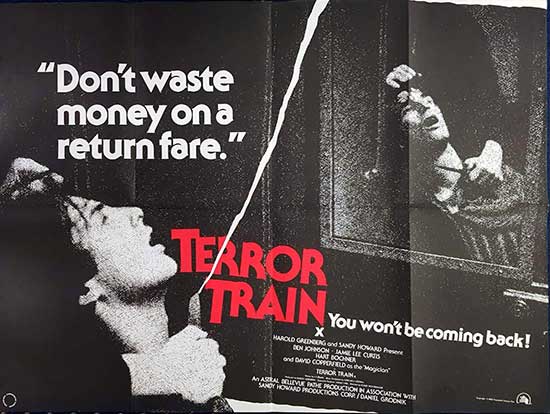
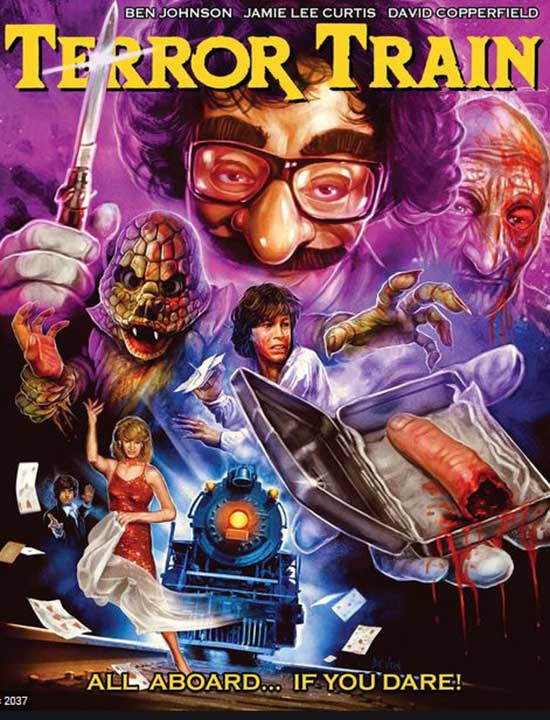
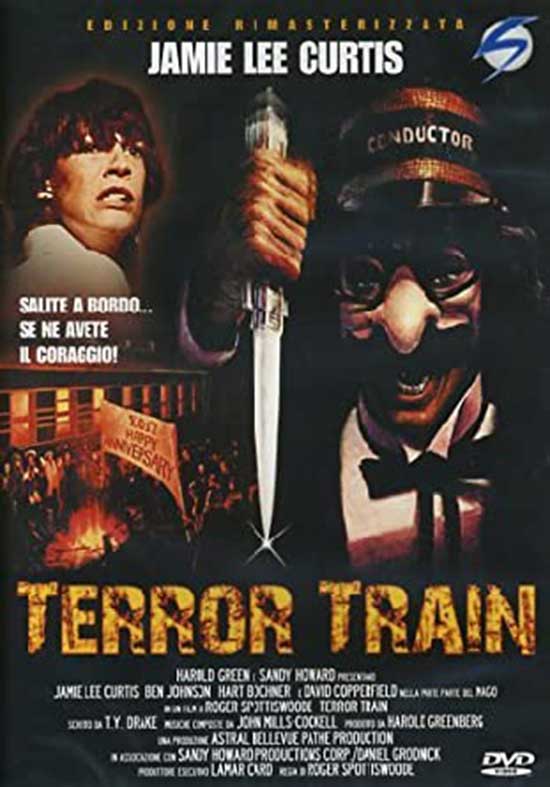

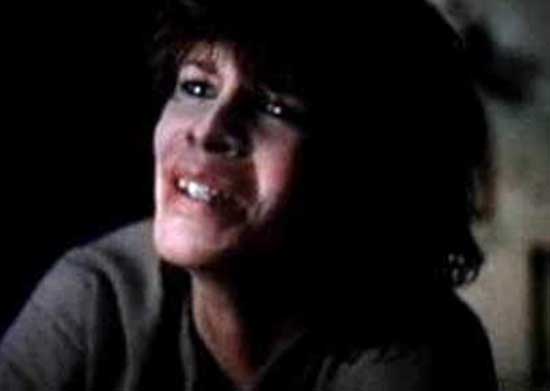
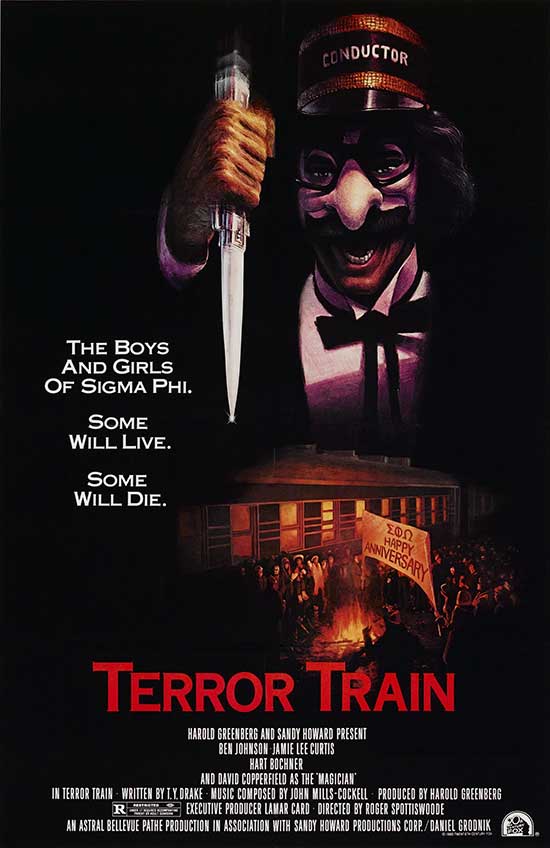
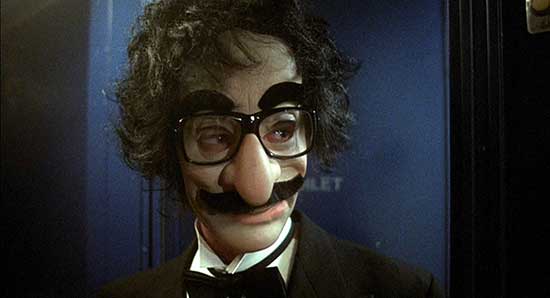
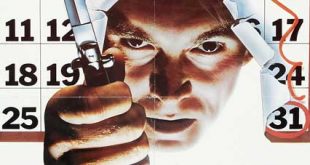
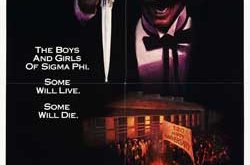
![o_puppet_master_wall[1]](https://horrornews.net/wp-content/uploads/2011/08/o_puppet_master_wall1-310x165.jpg)